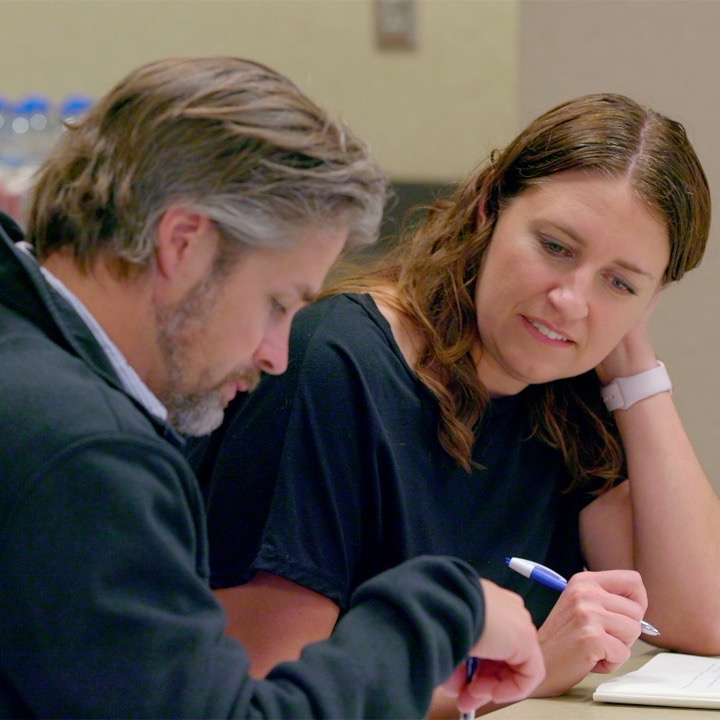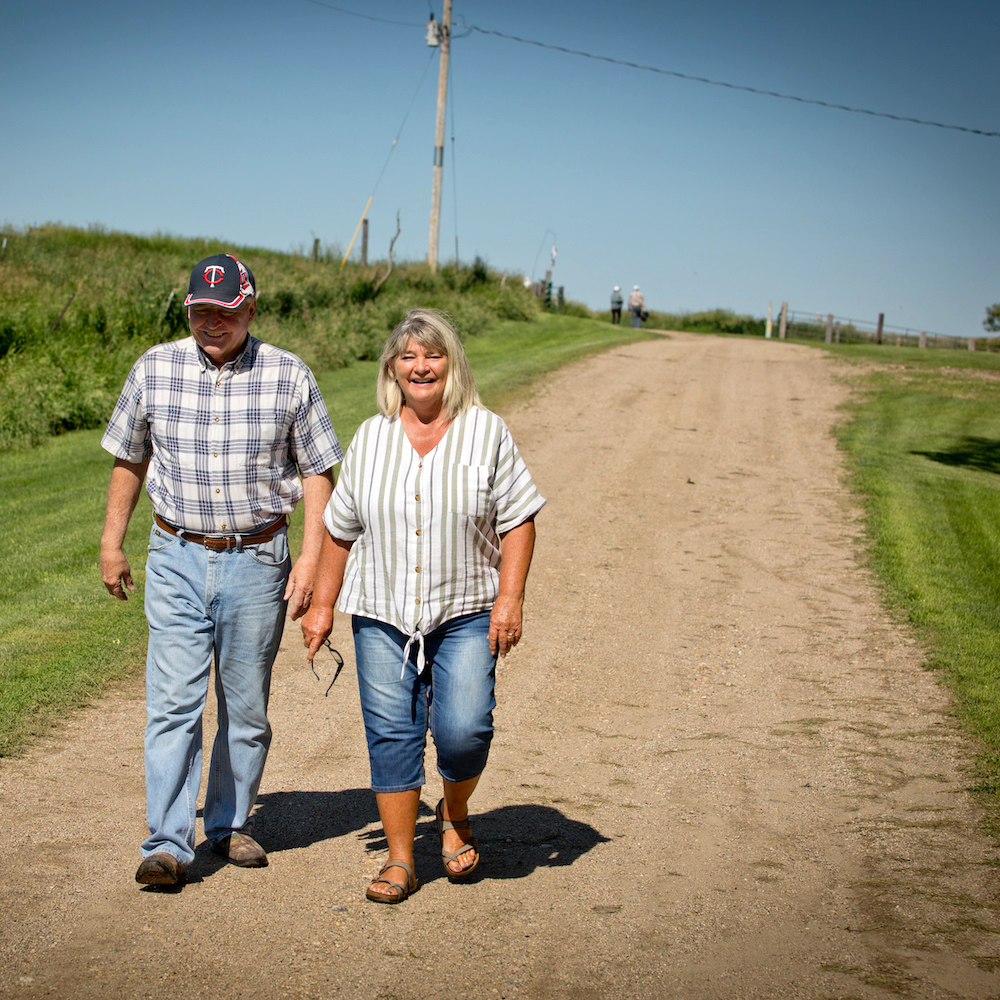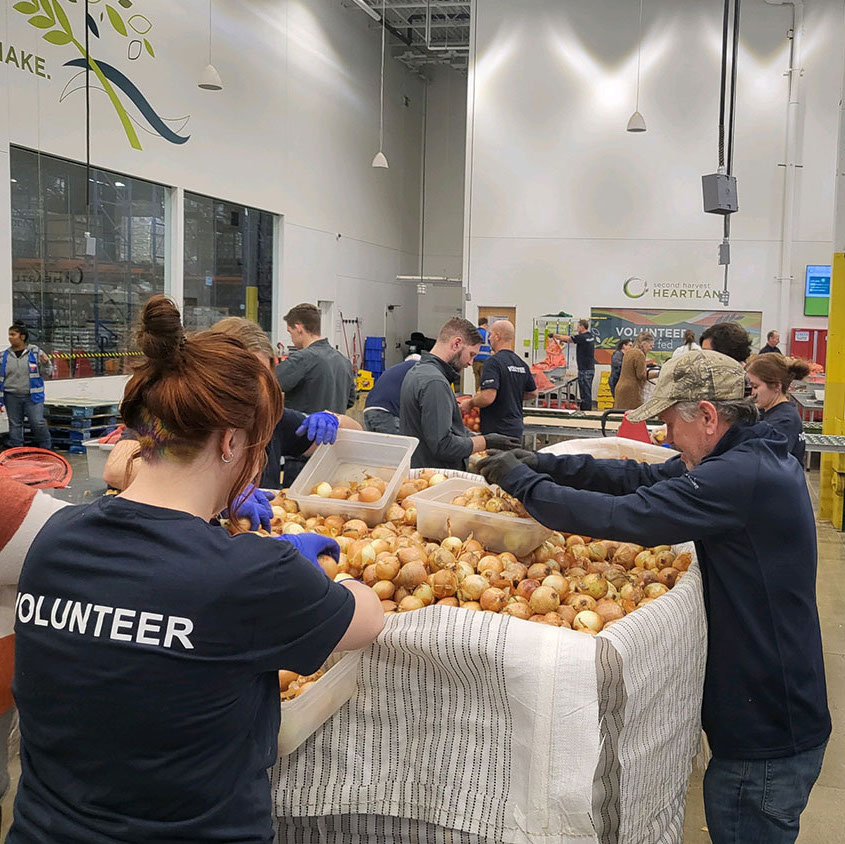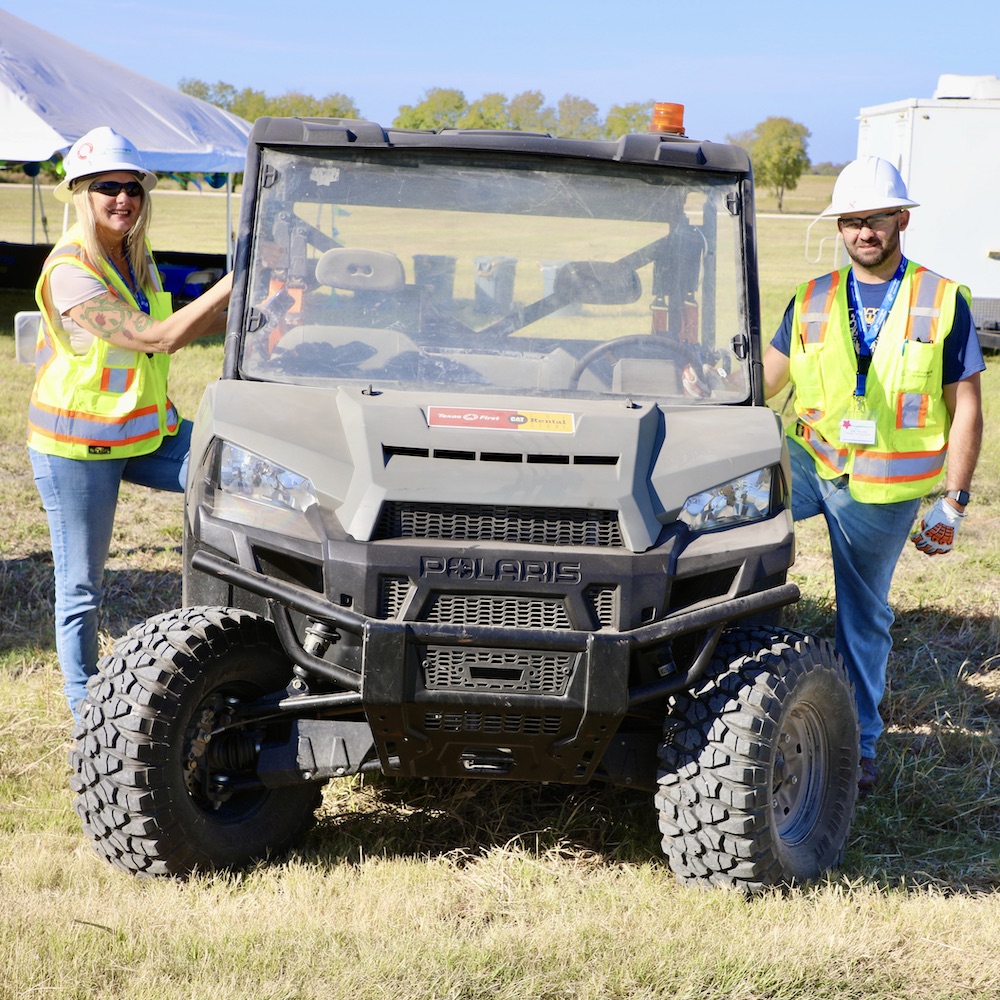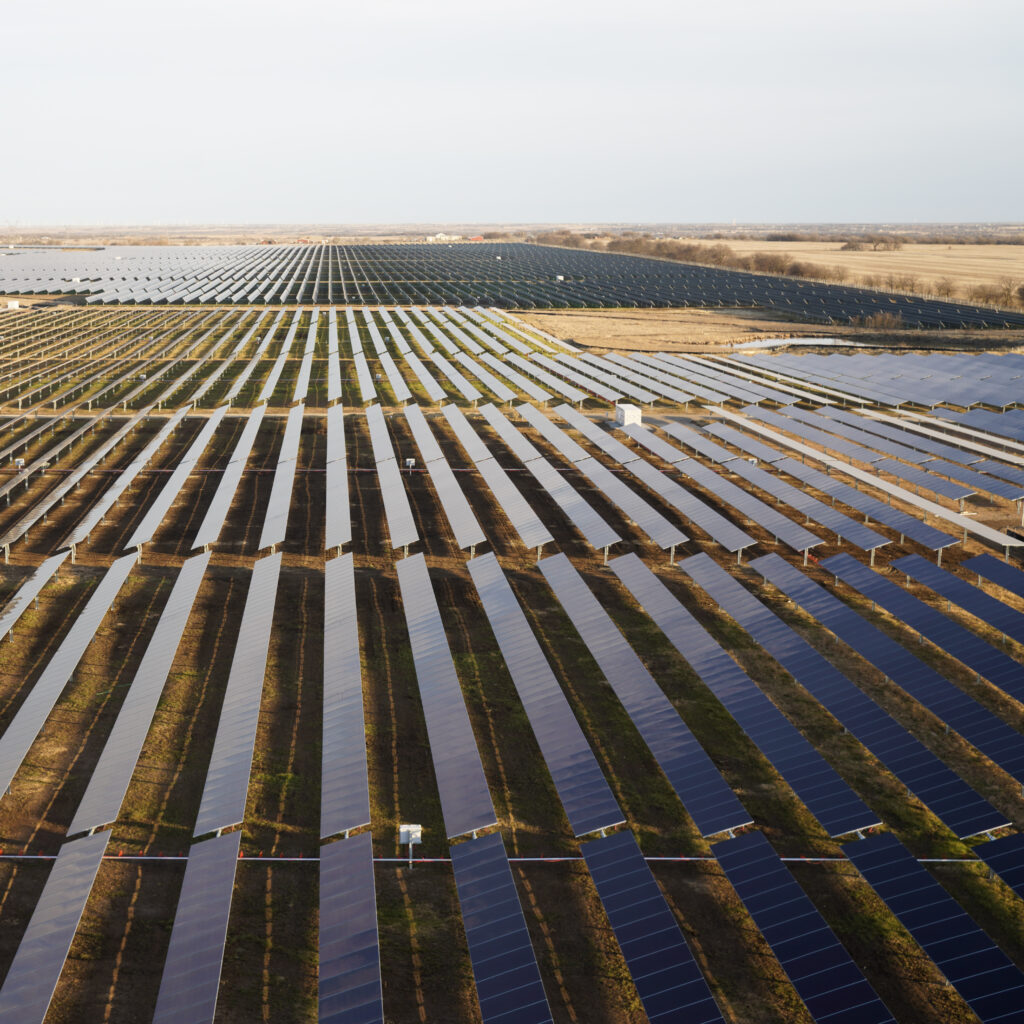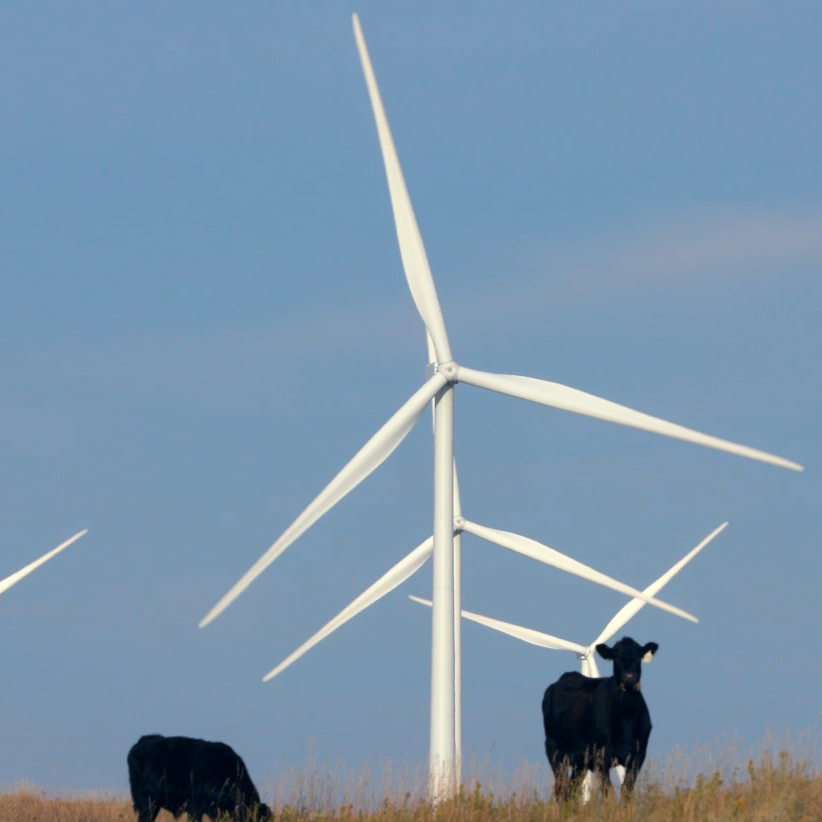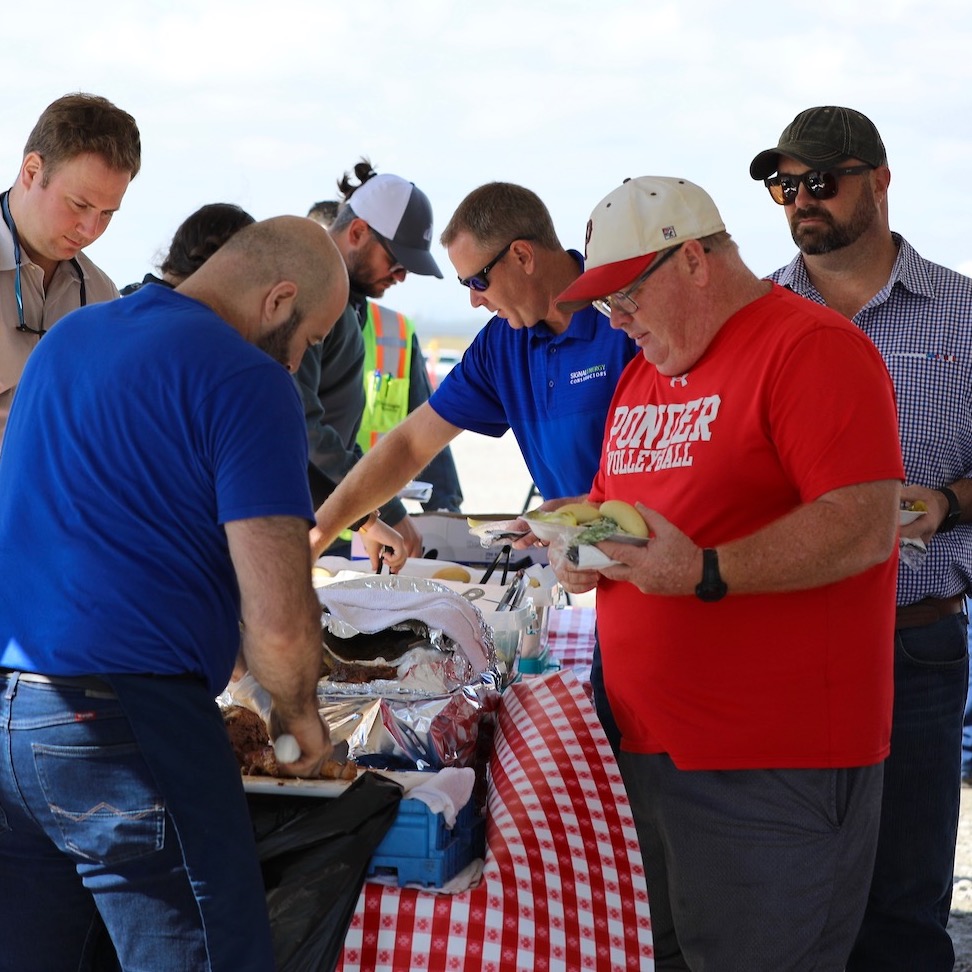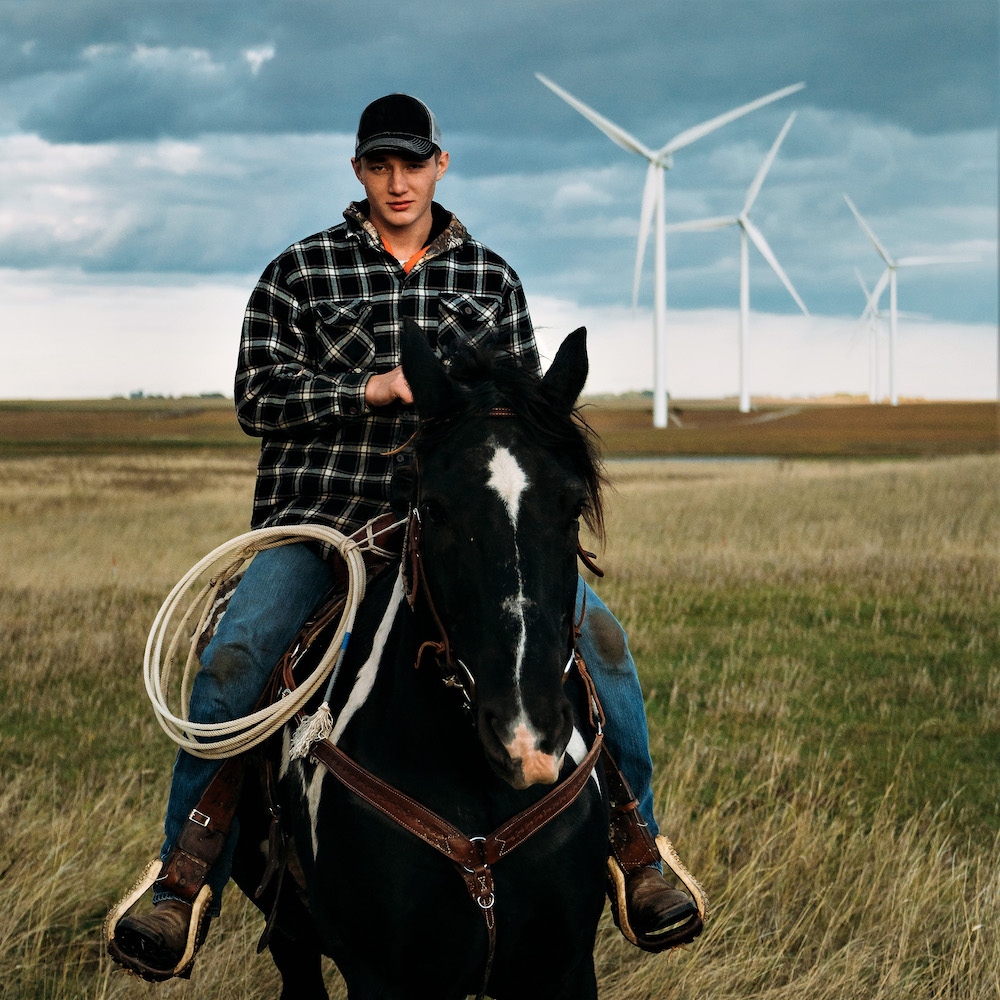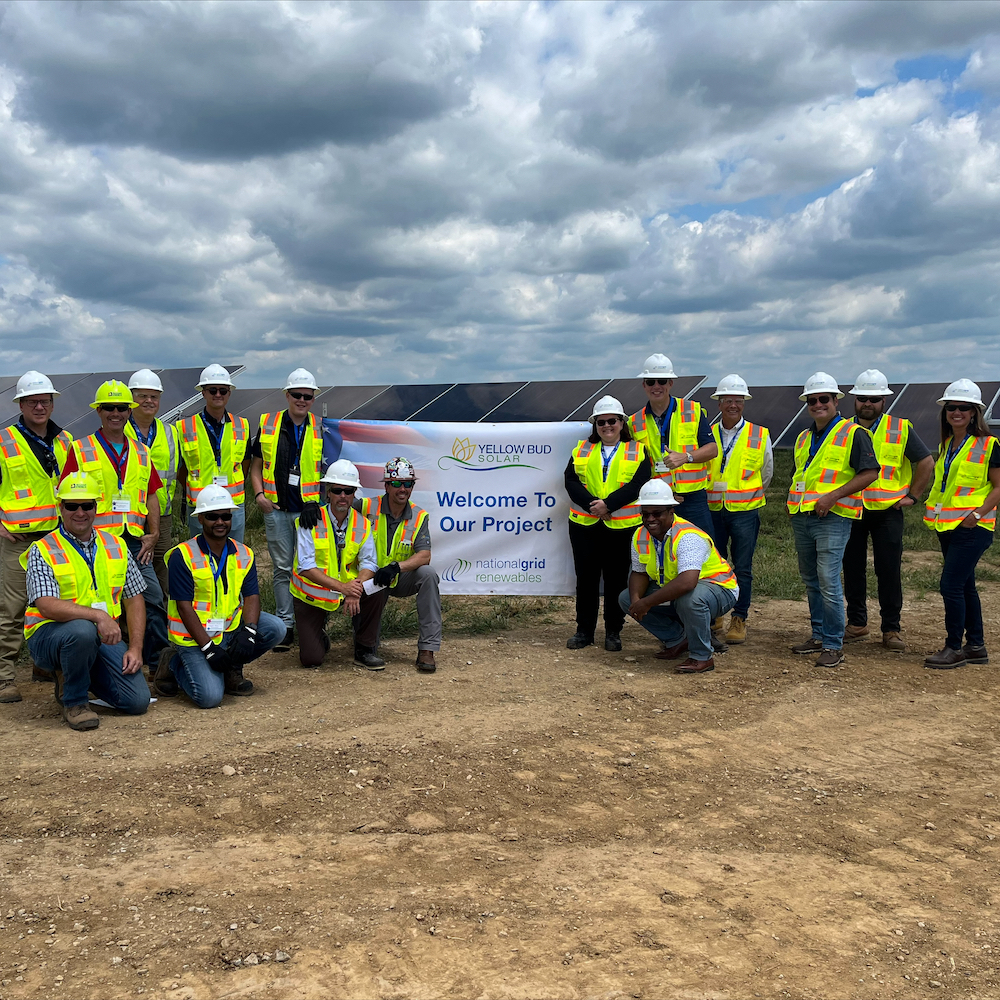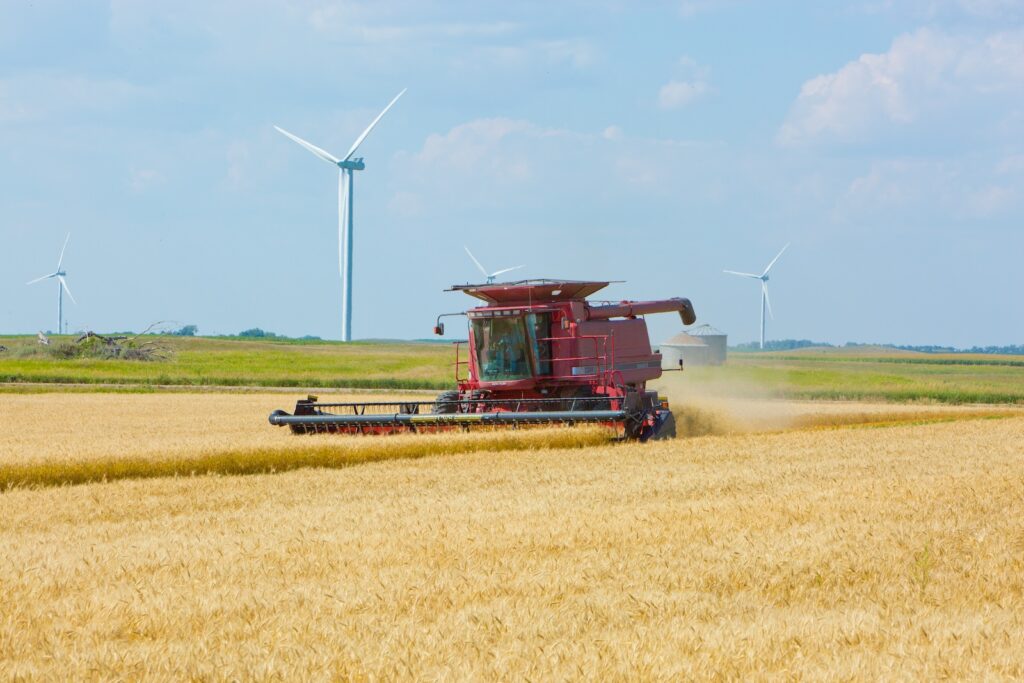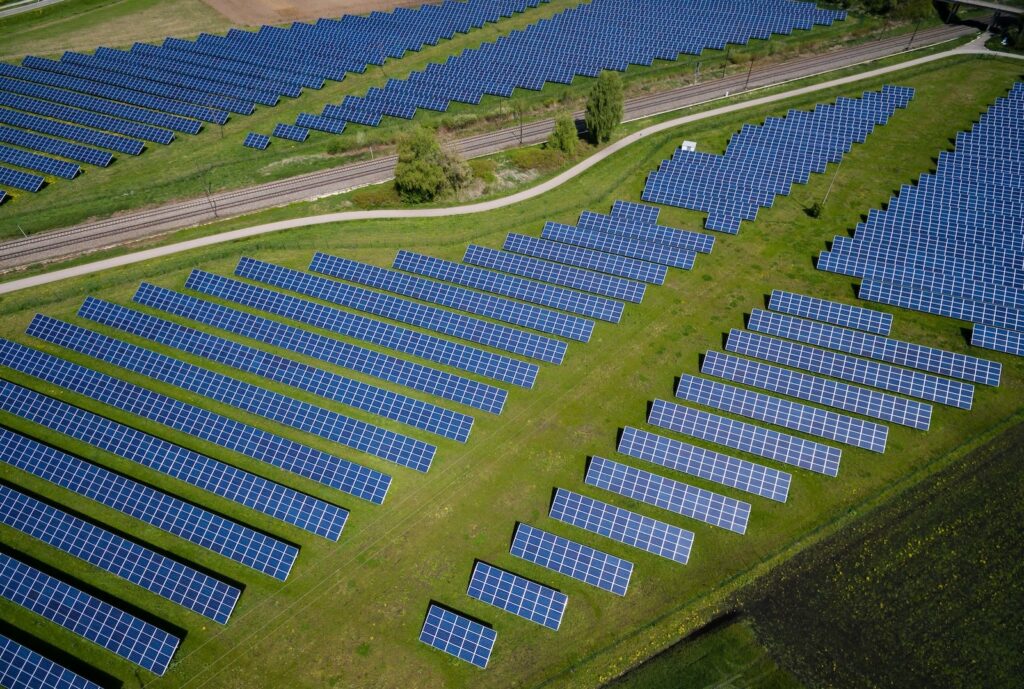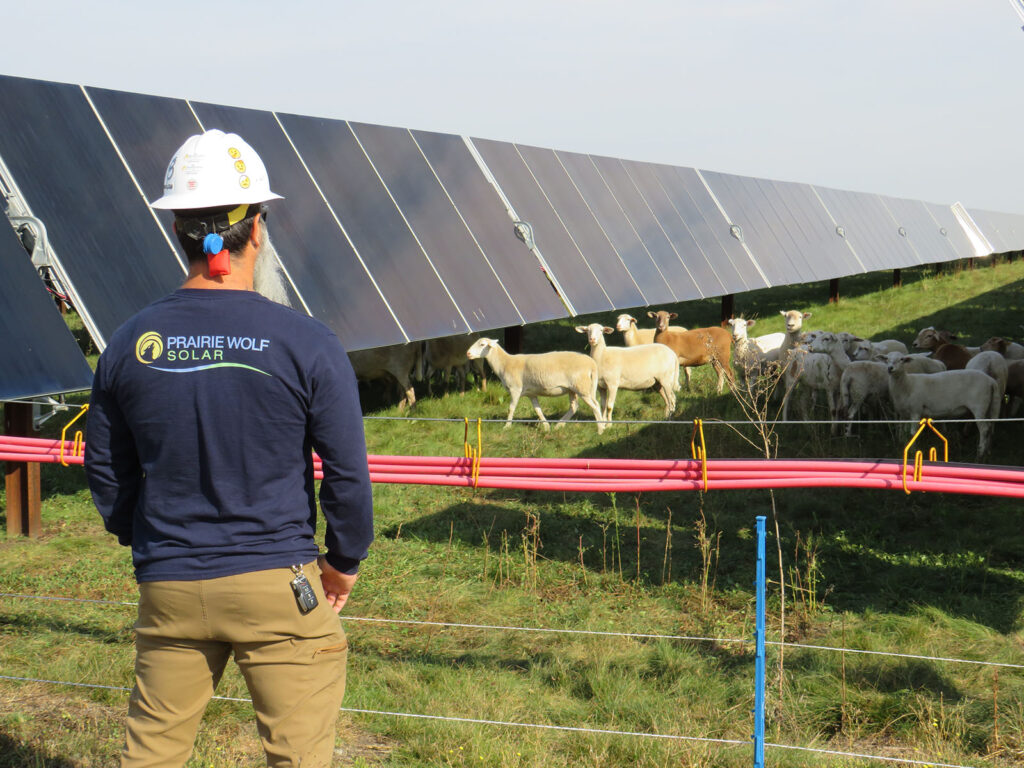About the Expert
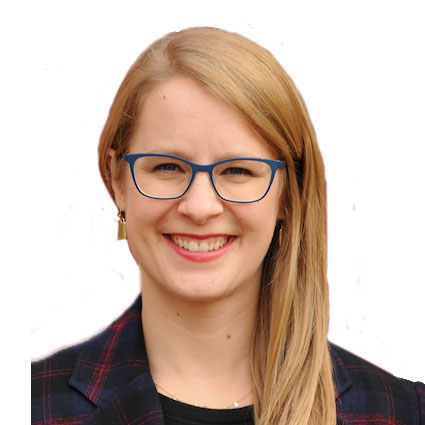
Bailey Peterson-Webster,
Senior Community Engagement Specialist
Share This Article
Community engagement has been a core focus throughout the history of National Grid Renewables. We work really hard to become a valuable contributor to the communities around our projects — to be a force for positive change wherever possible. And after doing this work for nearly two decades, our people have great success stories and best practices that they’ve picked up along the way — “institutional knowledge” that’s always been passed along organically among our people.
But a few months ago, I was hired to turn that hard-learned experience into a more formalized community engagement training and support program. The goals are to give new team members a launching pad for how to engage with communities; to define a repeatable process that could also be tailored to fit every unique community; and to give all our field employees easy access to structured resources and tools to help them connect with local communities and be good neighbors.
A repeatable process for one-of-a-kind community engagement
The guiding principle behind everything is to meet people where they’re at. In other words, there’s no one-size-fits-all approach to community engagement. Every community is unique — and the needs and opportunities to engage and support evolve over time. We also never want to come into a community with the attitude that we know best. We want to plug into what’s already working for the community, to support and magnify the great work that local organizations (schools, health care facilities, charitable organizations, etc.) are already doing.
So, we are creating a structured community engagement process that combines all of the best practices we’ve learned, in a framework that still empowers our team members with flexibility to meet the community where they’re at.
Our process starts with desk research — to get an understanding of the demographics, dominant industry, agricultural practices, and important organizations within a community. We also think about the unique culture of each community to better understand what is important to our stakeholders, what they are proud of in their community, and how they relate to each other. The training gives guidance on how to create a plan for charitable giving, which includes both a formal charitable giving fund (a 20-year commitment based on a project’s megawatt capacity), and an annual discretionary fund that’s managed by the project team.
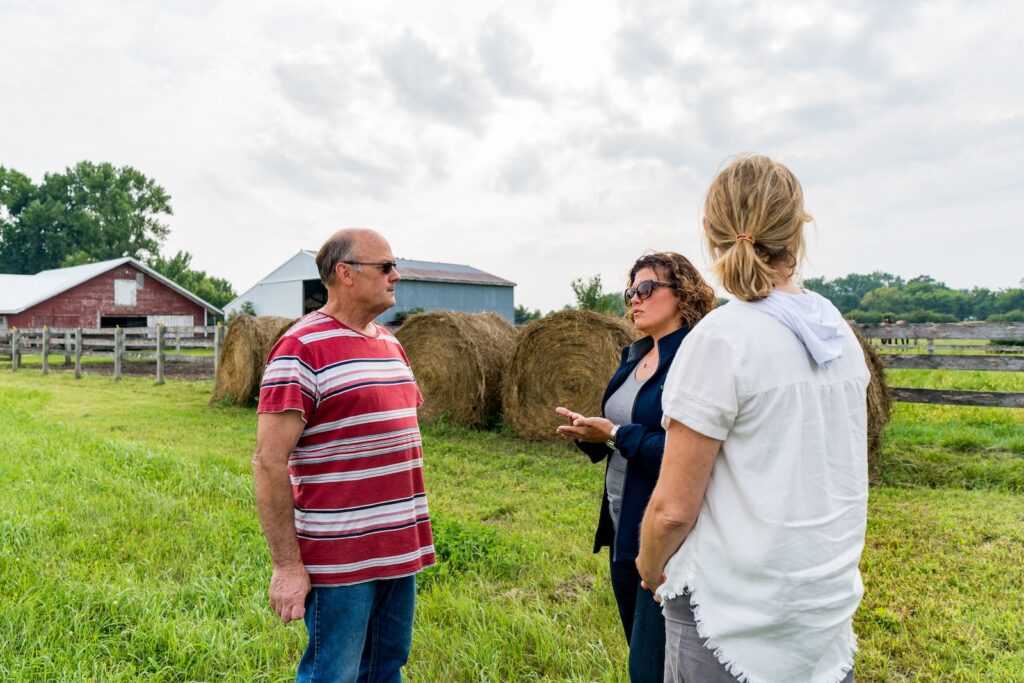
Tips and tricks to make community support more successful
The training gives our field teams tips and processes for things that have typically relied on experience:
- how to put out your feelers and identify needs in the community;
- how to amplify what’s already working for the community;
- and examples of different kinds of events or engagement initiatives you can host.
We’ve pulled all of these resources together into a community engagement hub on our internal SharePoint page. Our field employees will have easy, on-demand access — in the field, on their phones, etc. — to these resources and tools to help them bring community engagement to life in real time.
Ensuring smooth transitions
National Grid Renewables is unique in our end-to-end scope: Because we develop, build, and operate our projects, we’re there from day one through the full 35+ years of a project lifecycle. Communities feel that difference. We’re there for the long haul, and we’re accountable through it all.
Our development teams start community engagement immediately. No one likes to feel like a stranger is coming into their community, and no one likes to feel surprised that a project is already underway. So, we want to make sure community members feel informed, to give a face to the company, and to make them feel like they have a path to make their voices heard at any point.
When the project is handed off to our construction team, their top goal is to make sure the build-out of the project is minimally disruptive to the surrounding community. That means proactively engaging to understand what nearby community members want and don’t want, what’s disruptive and what’s no big deal, and keeping those lines of communication open, so community members have an easy way to reach out if an issue or concern does arise.
When a project goes live, the construction team hands it off to the operations team. These are the individuals who are going to be working (and living) in the community for the long haul. They naturally have a personal (and professional) interest in maintaining healthy relationships with community members.
Recognizing these distinct phases, another big part of our community engagement training program is to formalize responsibilities and processes for maintaining community relationships and engagement as the project moves through the lifecycle. We created specific tools and resources to assign ownership and accountability for specific community relationships, as well as processes for making sure construction and operations teams get the information they need for a smooth transition — and that new team members can quickly get up to speed on community relationships when they come into a new job.
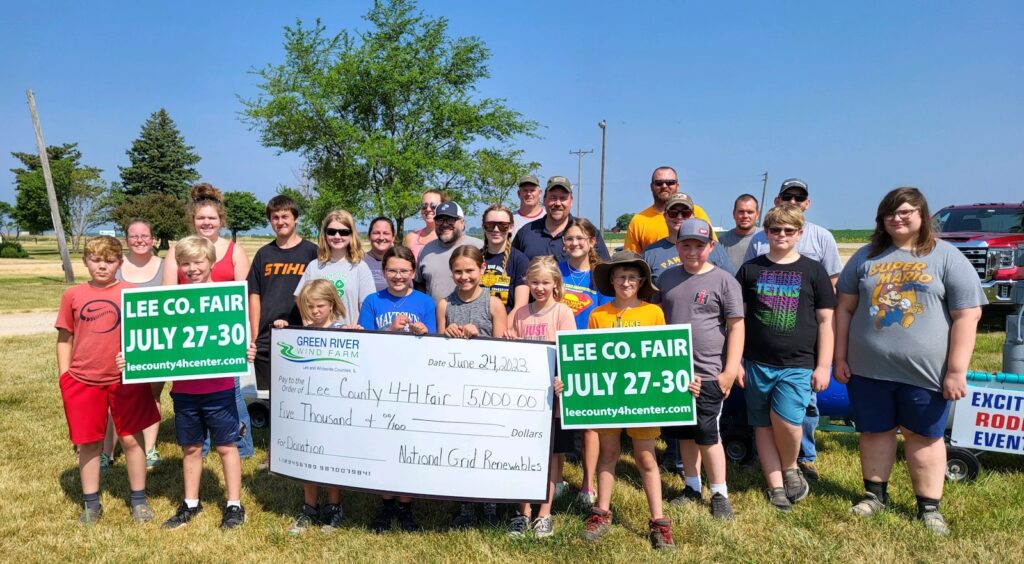
Scaling up our positive community impacts
As National Grid Renewables keeps growing, it’s exciting to be able to bring our positive economic impact to more communities. But we’re also very cautious of not losing our farmer-founded values and grassroots-style community engagement. Those core differences come down to our people: they’re passionate, but they also need the resources to be empowered. That’s where our community engagement training program will bring so much value.
We’ve already begun rolling out the new community engagement training. All our field employees, across all teams and project sites, will start with structured training on steps and best practices. They will also have access to various tools through the internal community engagement hub. Our development teams are using a new stakeholder matrix to track their engagement activities, which ensures their hard work in building relationships is carried through as the project hands off to our construction and operations teams.
Last of all, we’re also working hard to make sure we close the loop on our community engagement work. We’re making it a priority to share the many success stories of how we’re making positive impacts and being a force for positive change in communities. Elevating these stories helps to inspire our people and show them the impact their hard work can have. But it also helps to give confidence to community members that we really do what we say. We do the right thing, and we’re good neighbors.

